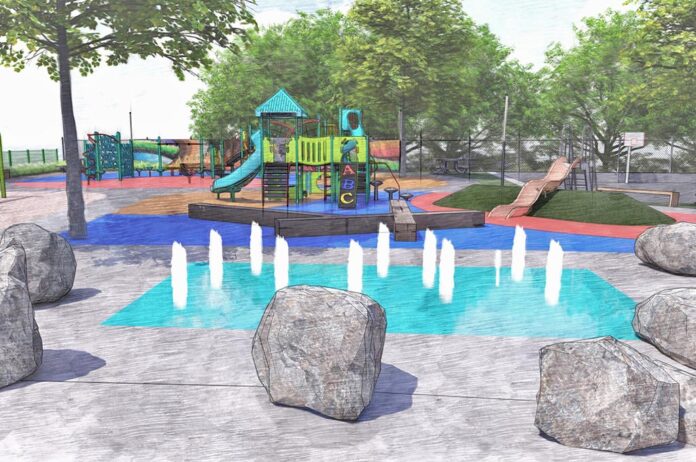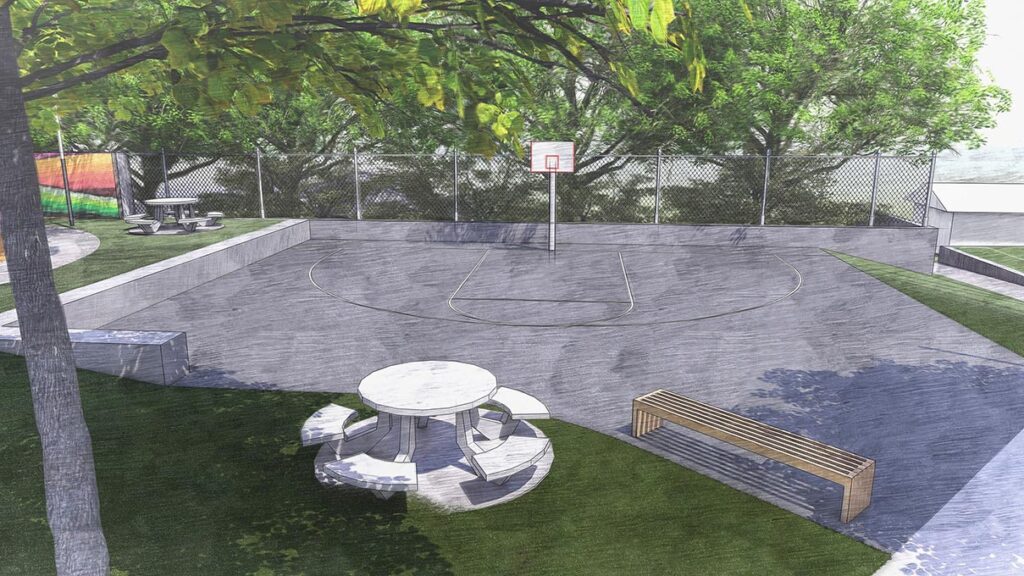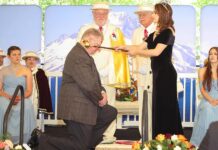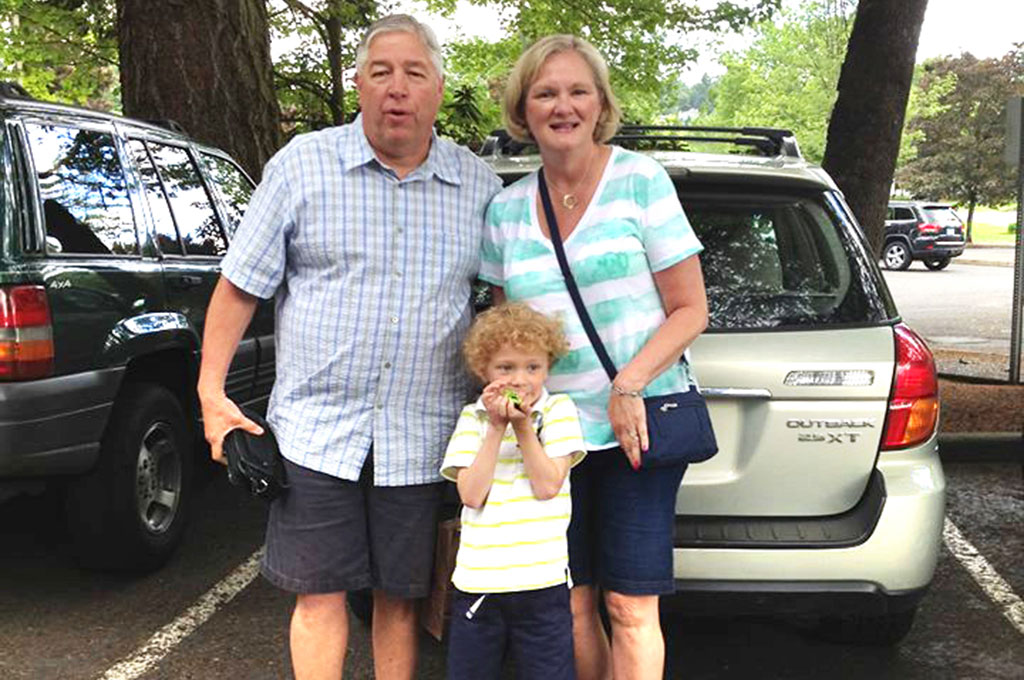
The City of Tualatin prides itself on extensive public engagement work carried out ahead of construction projects and other initiatives.
One of the most recent examples involves Stoneridge Park, a compact “pocket” park on the east side of the city in the “Casita” neighborhood. Located not far from the intersection of Southwest Sagert Street and Southwest 68th Avenue, it sits on 0.35 acres of land and was built in the 1970s along with the rest of the densely populated neighborhood. Now, after months of public outreach, City staff and designers from Shapiro Didway Landscape Architects have a plan for the park they hope will reflect the desires of local residents.
“The parks system really belongs to the community members, so the direct desires and needs of the community are what is reflected in the design,” said Parks and Recreation Department Director Ross Hoover.
Over 750 residents took part in surveys, virtual open houses and other engagement activities. The end result will one day be a park that is unrecognizable by current standards. It will include a new playground and splash pad for kids, a rebuilt grass play area, a retaining wall adorned with a mural and other art and a multi-use sports court. There also will be new and improved seating and picnic tables, better lighting and improved access to the neighboring Rolling Hills Apartments complex. Even a new rock-climbing wall is expected to make its way into the mix.
“We’re starting fresh,” Hoover said.

The neighborhood surrounding the park features a large proportion of Spanish speaking residents, along with a contingent that speaks Chuukese, a language native to people from the Caroline Islands in the mid-Pacific Ocean region, as well as Guam and even Hawaii. This led the City to employ translators and other resources to ensure those residents had ample opportunity to participate.
“That was our effort to connect with that community,” Hoover said. “And it really produced an interesting, compelling design through the process.”
Public engagement took place over the course of Summer 2020.
“We really were looking at catching that kind of summer period where engagement in this day and age is outside with social distancing and face coverings,” said Parks Planning Manager Rich Mueller.
He added that the engagement team worked directly with Bridgeport Elementary School and nearby apartment complexes in order to bring children into the process.
“That just allowed us to connect with neighborhood residents in order to discover what they want in their park,” he said.
Jessel Champoux, a designer from Shapiro Didway, said the project team encouraged both children and adults to participate using colorful project displays, drawing pictures, completing worksheets and surveys and chatting with facilitators.
“For children, one of the most exciting features was the water feature, ‘Los chorritos,’” Champoux said. “Their eyes lighted up as they saw the images of the water feature in design alternatives.”
From here, much will depend on when and how the City can secure the estimated $2.74 million it will take to complete the project.
“Our next steps in this project are to identify future funding, both for construction design, meaning construction plan sets and engineering design, and then, construction itself,” Mueller said.
That leaves the timing up in the air, he admitted.
“It could be a year,” he said. “Or it could be five years.”


















